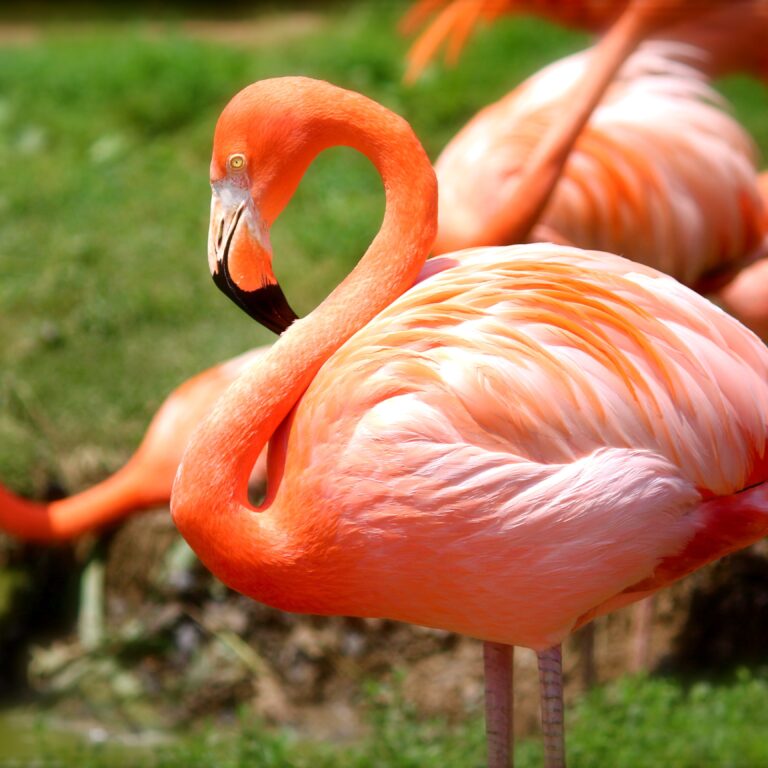When Do Birds Lay Their Eggs?
Introduction
Welcome to our comprehensive guide on avian reproduction! If you’ve ever been curious about when birds lay their eggs, you’ve come to the right place. In this article, we’ll delve into the fascinating world of avian breeding, discussing the factors that influence egg-laying behavior, the timing of different bird species’ reproductive cycles, and the remarkable strategies they employ to ensure the survival of their offspring. So, let’s dive in and explore the captivating process of when birds lay their eggs!
The Importance of Egg-laying
Egg-laying is a pivotal stage in the life cycle of birds. It marks the beginning of the incubation period, during which the eggs are kept warm and nurtured until they hatch. Successful egg-laying is essential for the survival of bird populations and the continuation of their species.
Factors Influencing Egg-laying
Several factors influence when birds lay their eggs. One primary factor is the availability of food resources. Birds tend to time their breeding season to coincide with periods of abundant food, ensuring that they can adequately nourish themselves and their young.

Seasonal Patterns
Birds exhibit a diverse range of seasonal breeding patterns. Some species are known as “seasonal breeders,” meaning they reproduce only during specific times of the year. These birds typically synchronize their breeding with favorable environmental conditions, such as warmer temperatures and increased food availability.
Migratory Birds
Migratory birds face unique challenges when it comes to egg-laying. They often time their breeding season to coincide with their arrival at their breeding grounds, after completing long-distance migrations. This allows them to take advantage of abundant resources and ensures that their offspring have enough time to develop and prepare for the upcoming migration.

Nesting Behavior
Nesting behavior plays a crucial role in the timing of egg-laying. Different bird species have distinct nesting preferences, ranging from building intricate nests in trees to burrowing in the ground or using man-made structures. Birds invest significant time and effort in nest construction before laying their eggs, ensuring a safe and suitable environment for their offspring.
Day Length and Hormonal Changes
Day length, or photoperiod, is a vital cue for many birds to initiate egg-laying. As daylight hours increase, the hormone levels in their bodies change, triggering reproductive behaviors. This mechanism allows birds to optimize their breeding season with longer days, ensuring favorable conditions for egg incubation and chick rearing.
Synchronized Breeding
In certain bird species, individuals within a population may synchronize their egg-laying efforts. This can occur for various reasons, including predator avoidance, increased foraging efficiency, or enhanced social cohesion. Synchronized breeding helps maximize the chances of successful reproduction and collective protection against threats.

Incubation Period
Once the eggs are laid, birds enter the incubation period. During this time, the parents take turns sitting on the eggs to maintain optimal temperature and humidity levels. The duration of the incubation period varies among species, ranging from a few days to several weeks.
Hatching and Chick Development
After the incubation period, the eggs hatch, and the parents care for the newly hatched chicks. The chicks are initially helpless and depend on their parents for food, warmth, and protection. The duration of this stage also varies between bird species, with some chicks being able to leave the nest and start exploring their surroundings shortly after hatching.
Conclusion
Understanding when birds lay their eggs is a fascinating aspect of avian reproduction. Factors such as food availability, photoperiod, nesting behavior, and species-specific adaptations influence this timing. Birds employ remarkable strategies to ensure the survival of their offspring, from building nests to synchronized breeding efforts. The incubation period and chick development highlight the dedication of bird parents in providing care.








2 Comments